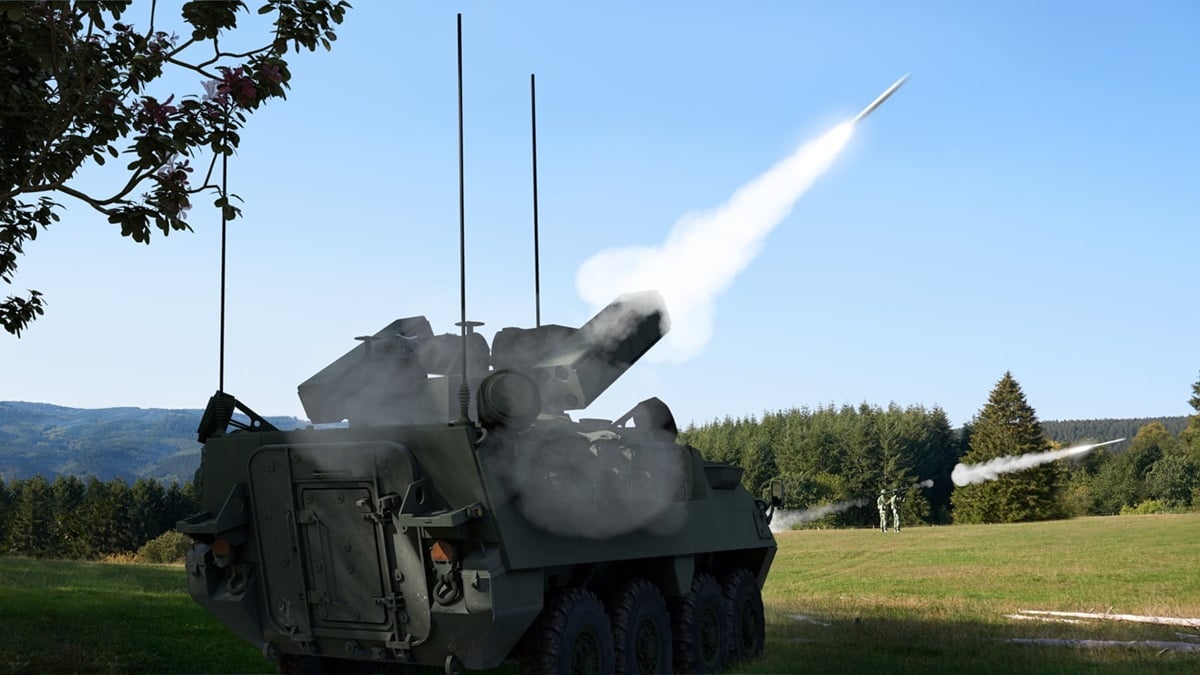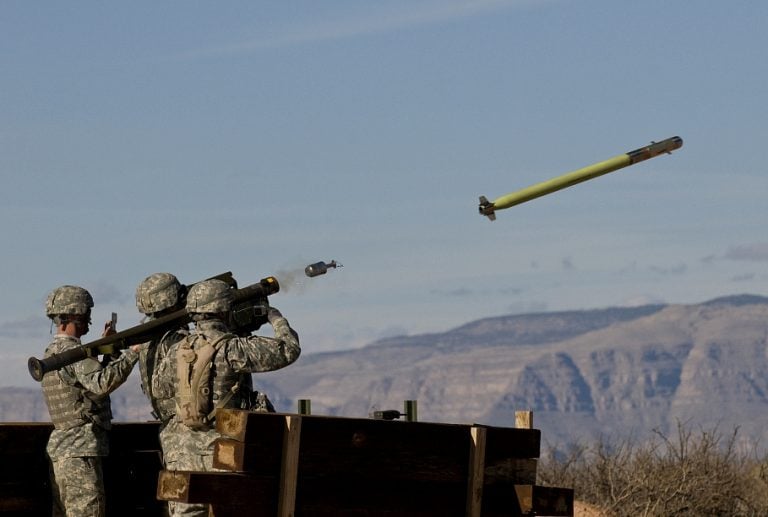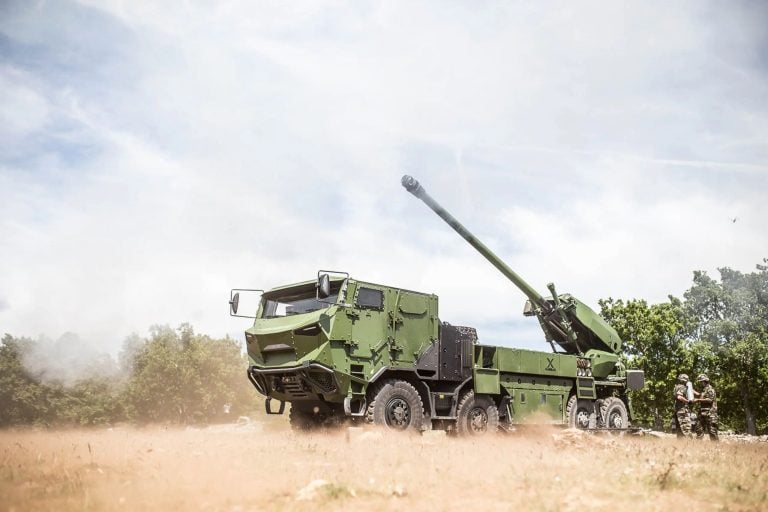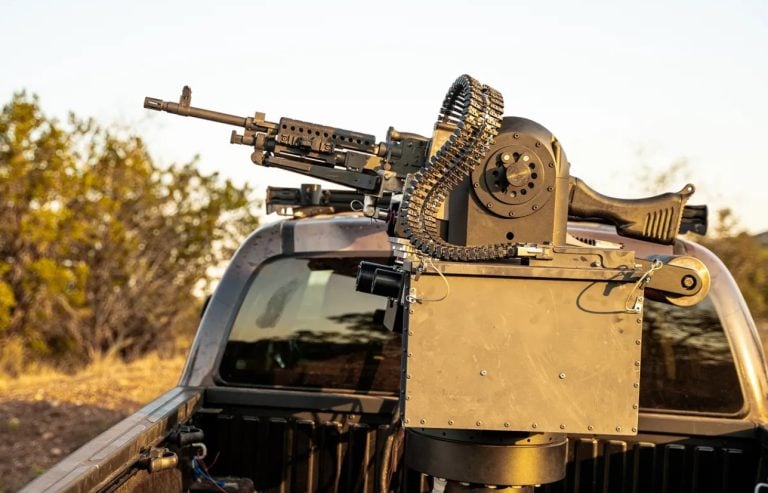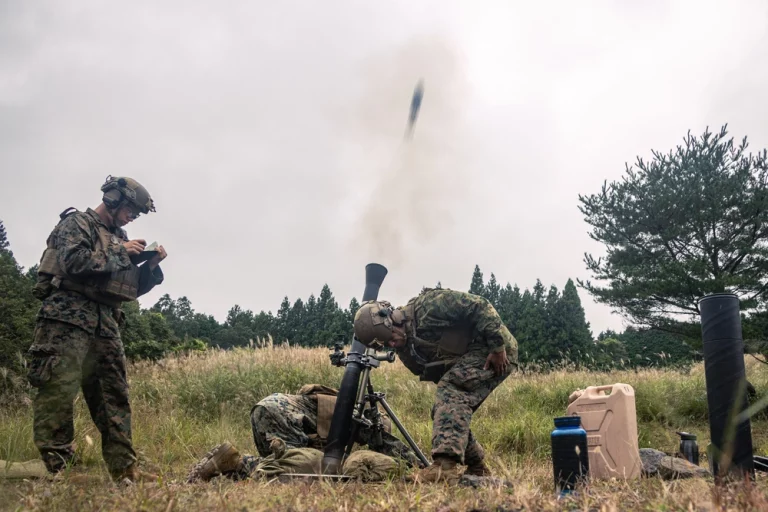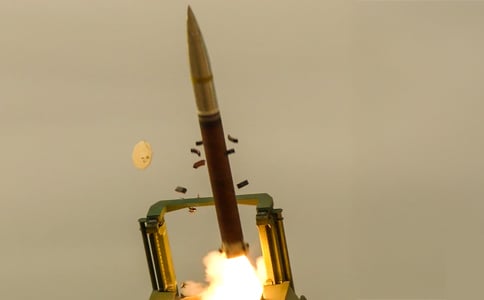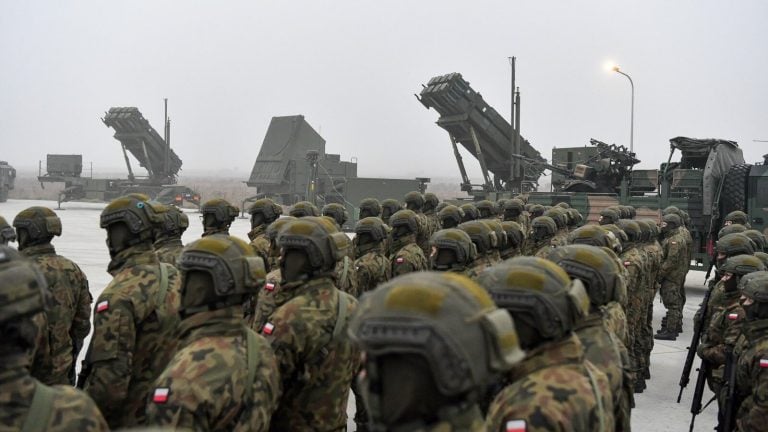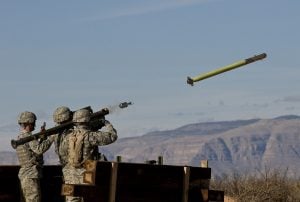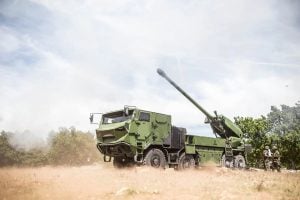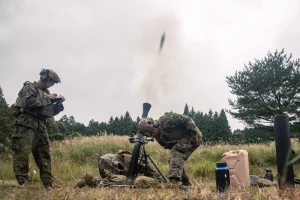The U.S. Army is making significant strides in the development of the Next-Generation Short-Range Interceptor (NGSRI), which is set to replace the aging Stinger surface-to-air missile. Following a request for information issued in 2022, the Army contracted both Raytheon Technologies (RTX) and Lockheed Martin in September 2023 to develop the advanced anti-aircraft weapon. The new missile system promises enhanced capabilities, including improved speed, lethality, and jamming resistance, all essential for modern combat scenarios.
Lockheed Martin has reported receiving positive assessments from two “soldier touchpoints” it conducted, and the company is gearing up for flight tests later this year. Meanwhile, RTX has successfully conducted a series of ten subsystems demonstrations for the NGSRI in recent months, showcasing the potential effectiveness of the new missile technology.
The development program for the NGSRI is projected to span five years, with low-rate production expected to begin around 2028 for the system selected from the winning contractor. In February 2025, RTX presented its progress by testing various capabilities of the proposed NGSRI, including its advanced seeker technology, flight rocket motor, man-portable command launch assembly, and warhead attributes. The proposed missile has undergone evaluation with respect to its critical functions, such as tracking, guidance, aerodynamic control, fuzing, and safety, which are vital in ensuring operational effectiveness.
The U.S. Army and Marines are set to conduct their own tests of the NGSRI system, allowing them to provide essential feedback ahead of a planned flight test demonstration later this year. Tom Laliberty, president of Land & Air Defense Systems at Raytheon, emphasized the importance of the successful subsystem demonstrations, stating they are crucial to fulfilling the Army’s requirements for a transformative short-range air defense capability. He expressed confidence in delivering an affordable, low-risk, and highly producible solution to meet the Army’s needs.
The current Stinger missiles, known formally as FIM-92 Stinger and categorized as Man-Portable Air Defense Systems (MANPADS), have been operational since the early 1980s, allowing ground troops to engage enemy aircraft and helicopters from a shoulder-fired position. Capable of targeting threats at ranges of up to 5 miles (8 kilometers) and altitudes reaching 10,000 feet (3,048 meters), these combat-proven systems were enhanced in 2019 with proximity fuzes, thereby increasing their effectiveness against unmanned aerial systems.
Furthermore, the U.S. military has undertaken a Service Life Extension Program to refurbish existing Stinger units, thereby extending their operational lifespan by 10 years. In addition to domestic use, these anti-aircraft missiles have been transferred to Ukraine, in collaboration with allies like Germany, for deployment against Russian forces since the onset of conflict in February 2022.
